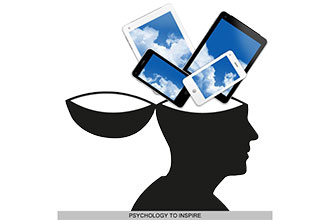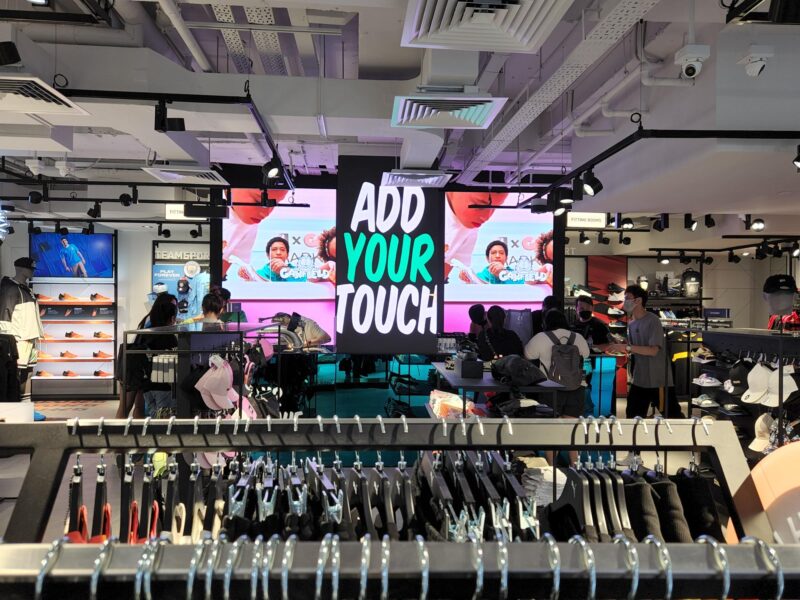Retail In-Store Digital Destination Gamification: Part 4
The focus of this series “Power of Content” is to help people with content strategies and how they relate to digital screen media.
 As with any good business process, gamification follows a formal design framework. This framework identifies the essential elements of the concept and the outcomes that they generate.
As with any good business process, gamification follows a formal design framework. This framework identifies the essential elements of the concept and the outcomes that they generate.
The gamification framework starts with the business and marketing objectives. These could range from attracting new customers to increasing basket size or simply promoting the brand. Next, what shopper behaviors will the game change and what metrics need to be collected to measure the results? For example, the business objective may be to increase sales but the behavior change may be to encourage return visits.
The most complex step is defining the personas of the desired players. Who are the shoppers who will be participating in the gamified activity and what is their relationship to the brand? This information is then used to design the game’s structure and determine what feedback will best motivate the players to engage in further actions. This includes rewards and other reinforcements the players could receive such as custom offers. But the most important element is offering a game that is fun. Ensuring that the gamified system is fun remains as important as the game design.
The final step is to determine how the player will engage with the game. Will it be on a mobile device or some other platform such as a large interactive screen at the Point of Purchase? The games used in a gaming digital destination can also be downloaded to the shopper’s smartphone to continue the connection once they leave the store.
The overall goal is to create compelling interactive applications using gamification to drive emotional connections across all screens. These include in-store touch-points, tablets, smartphones and online at home.
What shoppers remember about a Gaming Digital Destination experience is determined by the intensity of emotions created in specific moments – not the overall experience. For a digital experience to address the emotional equation, it must trigger one or more of the 8 psychological drivers. To do this for busy shopper’s in-store — one that encourages brand loyalty and advocacy — it’s essential to have a deep understanding of what triggers theses emotions and motivations that drive their brand preference and behavior. These rich media experiences serve to educate the consumer about products and services that are potentially not on their current shopping list. And gamification makes every customer visit an opportunity to create loyalty, add value and tell the brand story.
- SELF-CREATION is an emotion that reveals itself through creating, enhancing and expressing one’s identity by stimulating self-reflection, status, bragging rights and values.
- MASTERY is evoked by learning, performance and sharing. For example, consumer electronics is a category where knowledge transfer creates a feeling that the shopper has mastered a complex product.
- DREAMING is hope, inspiration, ambition and looking at the possibilities. To evoke this emotion one must create content that is relevant to these aspirations. Department stores that carry kitchen products and bedding and home improvement stores are great examples of locations where Digital Destinations can be created to inspire shoppers and encourage them to buy products that lead to their dream home, patio or deck.
- PLAYTIME is engaging in child like fun, expression and amusement. The engagement that triggers this emotion needs to be entertaining and include aspects of creativity and stimulation. Although this can apply to many different types of products, certain ones are very good fits – like amusement parks and cruise lines.
- SPORT Similar to playtime is sport, which drives the emotion of adventure, being on the hunt, competitive contests and strategic. Sport is pursuing a goal with enthusiasm and then completing that goal with a sense of personal achievement.
- CONNECTION develops, maintains and deepens relationships that help the customer feel like they have bonded with the brand and belong to a special group. Deepening the relationship with the members is best done by offering free samples, coupons and free downloads of music for example.
- SANCTUARY represents a safe, calming escape and relaxed emotions. When a shopper is rushing around, the location can create this emotion which helps slow down the shopper’s pace and provides an opportunity to introduce the brand message.
- SECURITY Preparedness, replenishment and nesting are key factors that evoke the emotion of security.
Creating content that is relevant to these emotions will be helpful to the shopper, engage them in the right type of game and ultimately create a conversation with the brand and the shopper while driving more sales.
sales.
Author and speaker Keith Kelsen, chief visionary at 5th Screen, is considered one of the leading experts on digital media. More information about his book, Unleashing the Power of Digital Signage – Content Strategies for the 5th Screen, published by Focal Press, can be found on the book’s companion website here. Reach him at keith.kelsen@5thscreen.com or on Twitter.





